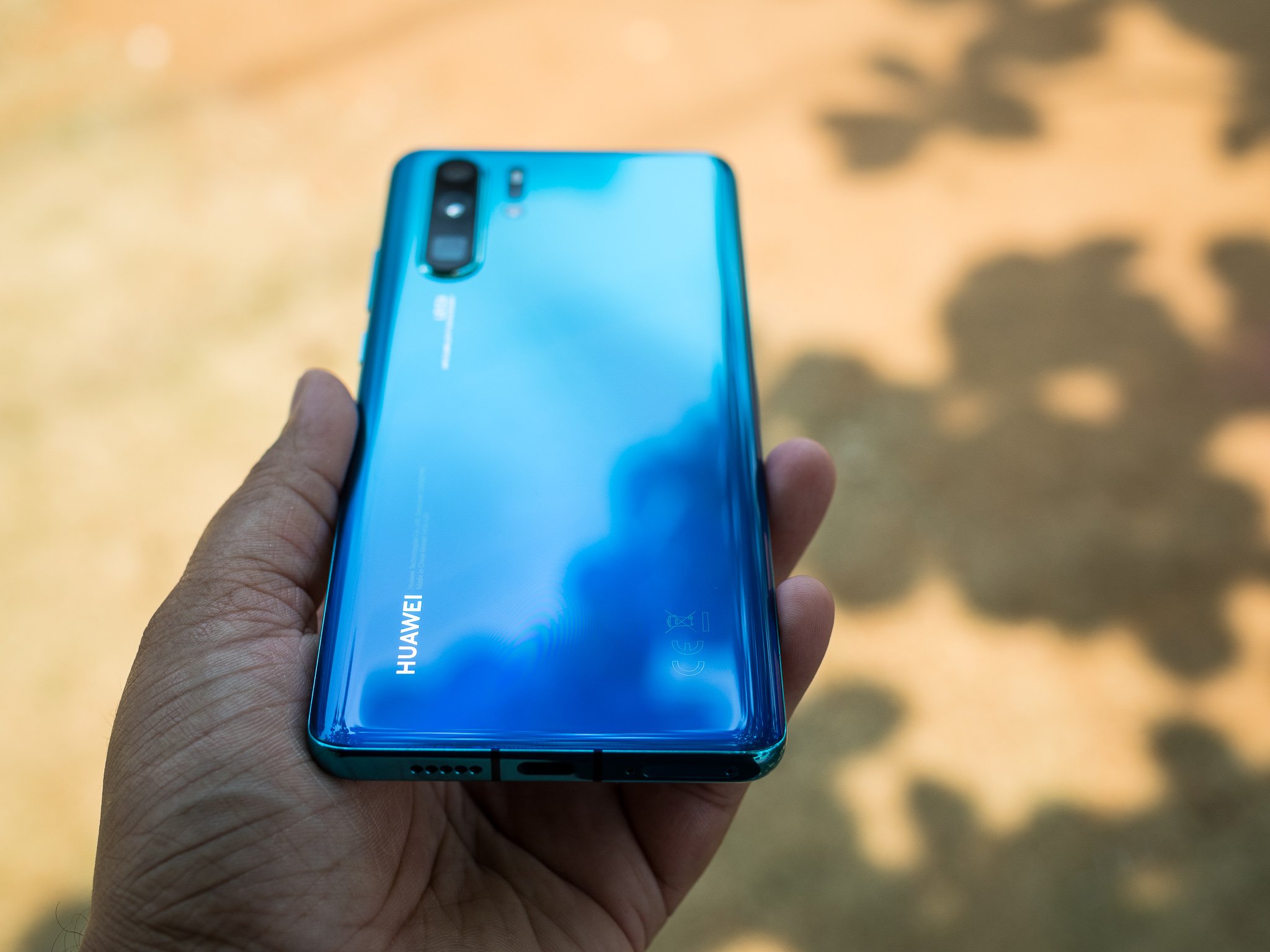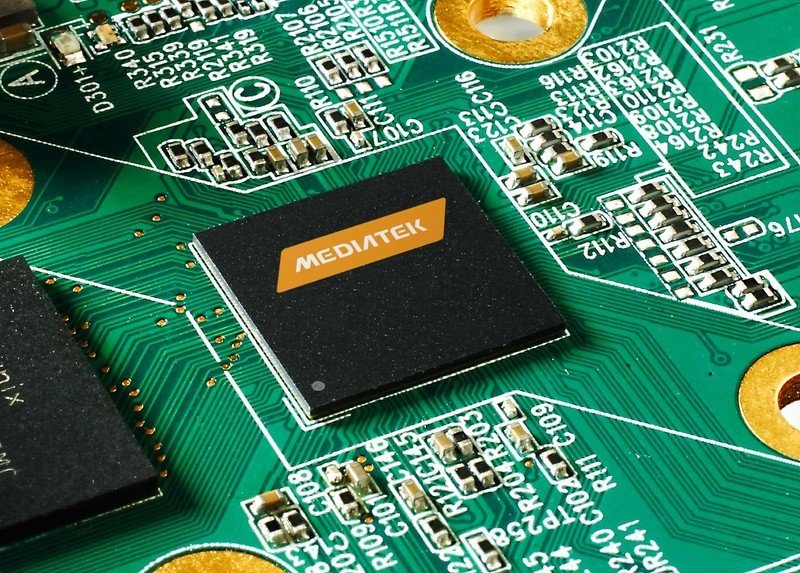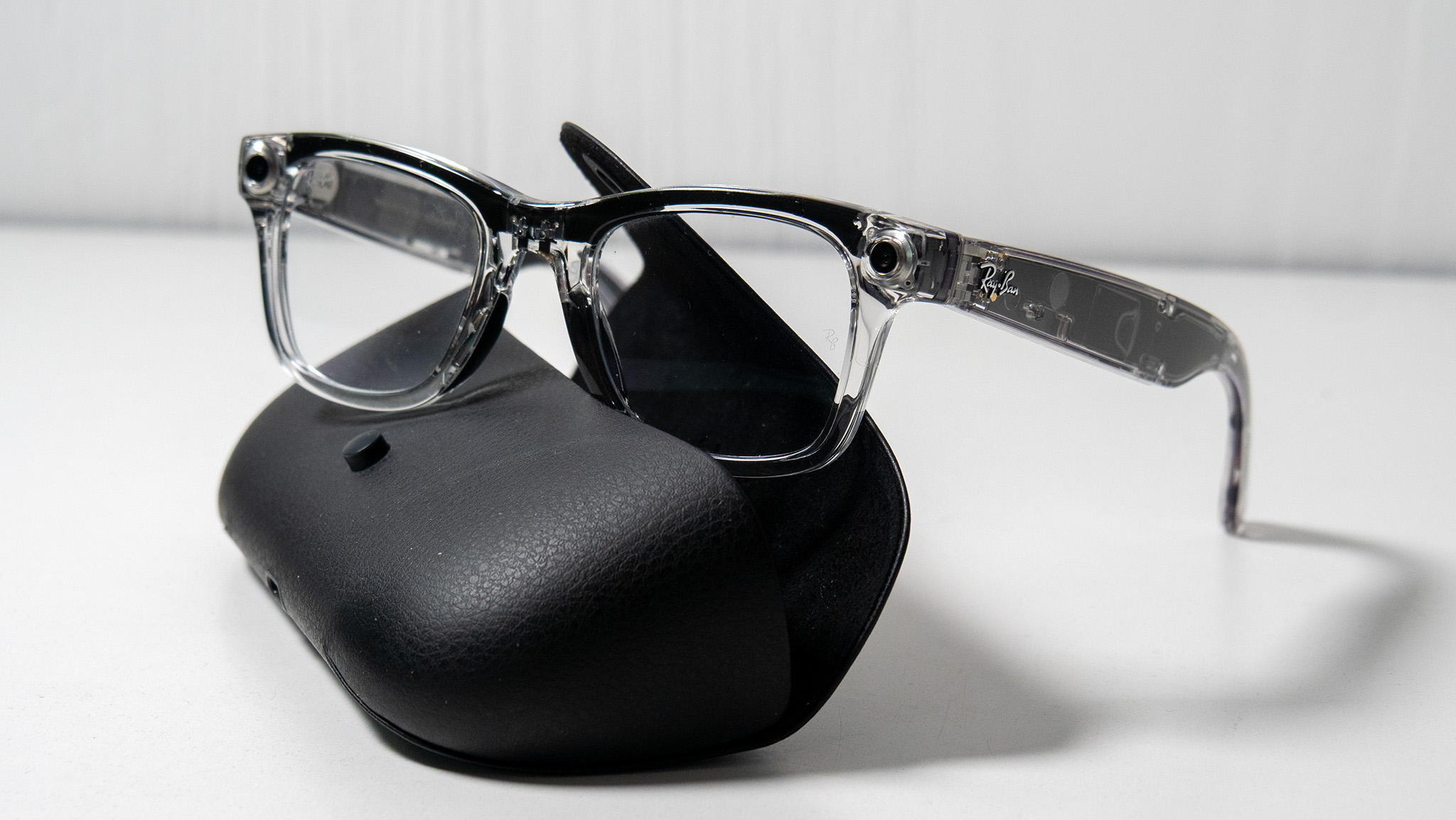MediaTek is Huawei's silicon savior following TSMC ban

Earlier this year, it was revealed that TSMC would be cutting off access to Huawei, with the Taiwanese foundry no longer taking new orders from the Chinese manufacturer. This is a big blow to both companies, with Huawei making up over 15% of all TSMC orders. As for Huawei, TSMC manufactures over 95% of its in-house HiSilicon Kirin chipsets, so without a foundry, Huawei just isn't able to introduce new phones.
We have to wait and see what the fallout from this move will look like, as TSMC is still fulfilling orders that are currently in production. It is possible that TSMC would seek a license from the U.S. Commerce Department to continue manufacturing chipsets to Huawei — much like what other U.S. businesses have done over the course of the last year — but whether such a license will be forthcoming for a Taiwanese business is not yet clear.
Huawei has an adequate inventory of chipsets for short-term needs — including the upcoming 5nm Kirin 1000.
For its part, Huawei is believed to be stockpiling its upcoming chipset in the Kirin 1000 series — the successor to the Kirin 990 — that will debut in this year's Mate 40 lineup. Huawei management was aware of the TSMC ban before it went into effect, so they took measures to ensure an adequate inventory of chipsets was available for the company's short-term needs. So it is unlikely that the move will affect the Chinese manufacturer in the interim.
The Kirin 1000 series is said to be built on TSMC's 5nm node, with the chipset featuring the latest Cortex A77 cores by ARM. With Qualcomm and Samsung also slated to switch to 5nm designs this year, it looks like Huawei won't be at a disadvantage in this regard.

As for the long-term outlook, Huawei is increasingly looking to MediaTek as an alternative to its in-house HiSilicon Kirin designs. MediaTek has lagged behind Qualcomm for several years, but it is clawing its way back, particularly in the 4G segment. Qualcomm is going all-in on 5G connectivity — the launch of the 5G-enabled Snapdragon 690 is a testament to that — but a majority of the world is just not ready for 5G yet.
Huawei is increasingly using MediaTek chipsets instead of its Kirin 7xx and 8xx designs.
For instance, India is the second-largest phone market, and commercial 5G won't be available in the country for at least another two to three years. While brands are introducing Qualcomm's 5G-enabled designs in the high-end segment, they're increasingly turning to MediaTek for the budget and mid-range categories. Samsung's Galaxy A31 illustrates this point perfectly: the phone is powered by MediaTek's Helio P65 chipset in lieu of its in-house Exynos designs.
MediaTek's 4G Helio designs are emerging as the go-to choice in this category, and Huawei is taking notice. The brand's latest phones in the Y series are powered by MediaTek's Helio P series designs, and it is likely we'll see more MediaTek-powered Huawei phones over the course of the year. Huawei is now switching to MediaTek for phones where it would have used its Kirin 7xx and 8xx designs, and in the future that may extend to its flagships as well. Huawei launched the Enjoy Z earlier this month, with the 5G-enabled phone powered by MediaTek's Dimensity 800 7nm platform.
Be an expert in 5 minutes
Get the latest news from Android Central, your trusted companion in the world of Android
So it is possible MediaTek could step in to fill Huawei's needs even in the high-end category. If TSMC isn't able to secure a license to manufacture chipsets for Huawei and the deal falls through, the Chinese manufacturer will have to rely on external vendors like MediaTek — or even Samsung LSI — to source its mobile chipsets.
The Chinese government has increased investment in the homegrown Semiconductor Manufacturing International Corporation (SMIC) as a fallback option, and while SMIC could fulfill Huawei's 14nm orders for budget phones, it does not have the technical know-how to manufacture 7nm and 5nm chipsets. It will take several years before it has the tooling and the machines to achieve mass-production of 7nm designs, so for now, Huawei's best option seems to be MediaTek.

Harish Jonnalagadda is Android Central's Senior Editor overseeing mobile coverage. In his current role, he leads the site's coverage of Chinese phone brands, networking products, and AV gear. He has been testing phones for over a decade, and has extensive experience in mobile hardware and the global semiconductor industry. Contact him on Twitter at @chunkynerd.
